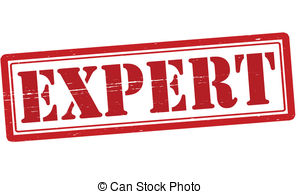
The 1962 world's fair was in large part a monument to Boeing and its influence on the urban area. (Special Collections, University of Washington, neg. And the color scheme of the building exterior was, literally, out of this world: "astronaut white, galaxy gold, re-entry red and orbital olive." The Space Needle summarized the orientations of Century 21.Ī view of the Century 21 Seattle Space Needle looking towards the downtown (right) area whose interests the fair was to promote. Dining hostesses wore "skin-tight gold coveralls" meant to resemble space suits. High speed elevators, designed to resemble "space capsules with large vision ports," carried guests up to the observation deck and a revolving restaurant that was said to resemble a flying saucer and was lighted at night so as to seem to be hovering in the sky. Conceived and built by private interests, the Space Needle adhered to the themes of science and space in virtually all details. Typical of the themes of the fair was the 600-foot Space Needle, the structure that became as synonymous with Seattle as the Eiffel Tower was with Paris. The city was in many ways an ideal place to hold what became known as "America's Space Age World's Fair." By building jets and missiles and spacecraft, The Boeing Company had put Seattle on the map in new ways and given it an identification with scientific and technological innovation. These themes mirrored the city's economic participation in American mobilization for the Cold War. Science Exhibit, which later became the Pacific Science Center), and the name of the fair (the Century 21 Exposition, implying a look at what life in America would be like in the year 2000 and beyond). The themes were space, science, and the future, as reflected in the signature building (the Space Needle), the largest attraction (the U.S. But when Seattle's second international exposition opened in 1962, the first major American fair since before World War II, it reflected the city's economic orientation as fully as the 1909 fair had. Moreover, events beyond their control delayed the fair three years beyond the original suggested date. Initially, proponents of the fair were not sure what theme to use. In 1955, the civic leaders of Seattle proposed another world's fair for 1959, to mark the 50th anniversary of the A-Y-P Exposition. In 1909 the city of Seattle had hosted the Alaska-Yukon-Pacific Exposition, a world's fair whose name called attention to the city's economic orientation, especially its command over (or designs on) hinterlands to the north and trade across the ocean.

Copy by Yang Color Photography, Seattle.) Lesson Twenty-five: The Impact of the Cold War on Washington,Īn artist's conception of the Century 21 Seattle Space Needle (left).


 0 kommentar(er)
0 kommentar(er)
